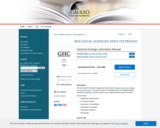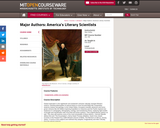Based on over 20 years of teaching experience in animal nutrition, this study guide will enhance learning basic food animal nutritional principles.
In this introductory text, six fundamental nutrients, their structure, digestion, and metabolism are covered. A brief introduction to bioenergetics, feed additives, nutrient analysis, digestive organs and processes in monogastric and ruminant animals, and methods for assessing nutrient utilization are also included.
Each chapter is illustrated with a new terms box, key points, and review questions.
This study guide is an essential learning tool for undergraduate students majoring in animal sciences, veterinary medicine, or other related disciplines.
Table of Contents
I. Introduction to Nutrition
II. Gastrointestinal Tract, Digestive Organs, and Processes
III. Carbohydrates, Structures and Types
IV. Carbohydrates, Digestion and Absorption
V. Carbohydrates, Metabolism
VI. Lipids, Structure
VII. Lipids, Digestion
VIII. Lipids, Transport, Deposition, and Metabolism
IX. Proteins
X. Proteins, Digestion and Absorption
XI. Proteins, Metabolism
XII. Proteins and Amino Acids, Quality
XIII. Vitamins
XIV. Water-Soluble Vitamins (B and C)
XV. Minerals
XVI. Microminerals
XVII. Bioenergetics
XVIII. Water in Animal Nutrition
XIX. Feed Additives
XX. Measurement of Feed and Nutrient Utilization in Food-Producing Animals





